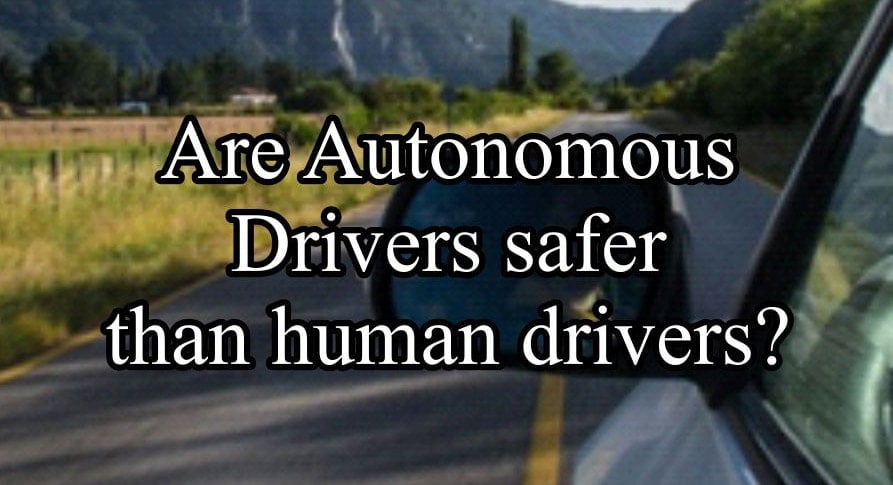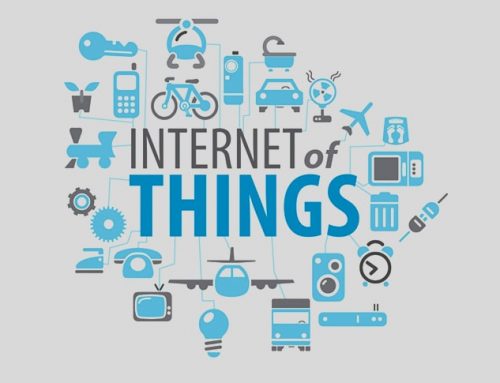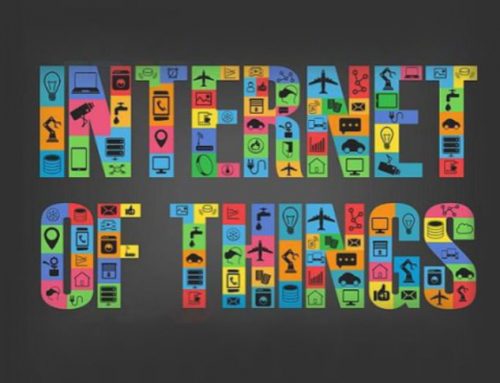Imagine sitting in the back seat of your car while it takes you to work without a human driver. You could prepare for a meeting, eat your breakfast, and even have a nap without any concern about traffic or paying attention to the road, arriving at your destination free of the stresses caused by daily commuting.
Sounds pretty great, doesn’t it? But, wait — are you willing to trust a car to drive itself? Will you feel comfortable allowing the vehicle to navigate the complexities of the road safely, or will you end up staring through the windshield throughout the entire trip in fear of a collision?
Although the idea of self-driving cars may seem like something from a science fiction movie to some, the reality is that autonomous vehicles will likely be commercially available as soon as two years from now. And if you believe that human drivers are a safer choice, you may be shocked by the statistics. Data from the National Highway Traffic Safety Administration (NHTSA) indicates that 94% of car accidents are caused by human error or bad decisions, such as drunk or distracted driving. This incredible fact is one of the primary reasons that the majority of industry experts believe there will be a massive reduction in vehicle accidents once autonomous cars become commonplace on our roads.
While fully autonomous vehicles are not yet available to the general public, today’s advanced driver assistance systems (ADAS) have already automated many driving functions, such as adaptive cruise control, traction control, and lane departure warnings.
Of course, there are still many obstacles to overcome before self-driving vehicles can become a reality. Firstly, the technology needs to be advanced further through continued testing and refining. Additionally, consumer acceptance of this concept can be difficult to achieve, as giving over control of your car to a computer isn’t always the easiest idea to embrace, even when statistics show that it’s a much safer scenario. Regulatory complexities are another challenge that must be resolved, as well as questions about how to manage insurance on a self-driving vehicle. In the event of a collision between two autonomous cars, who should be held responsible? The manufacturer? The software developer? Or?
While it’s clear that more work needs to be done to bring this concept to fruition, there’s no question that we’re on the cusp of a new world of transportation, which will provide a much safer and more convenient way to commute in our daily lives.




